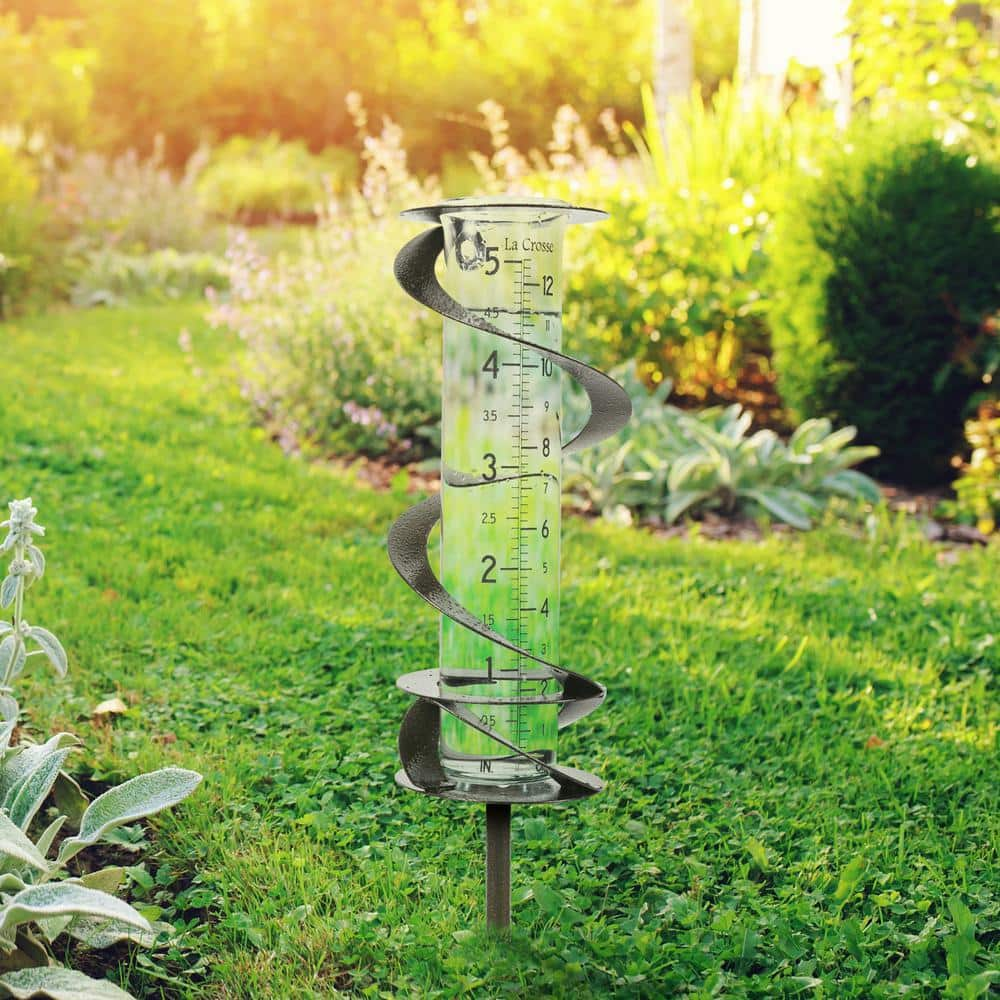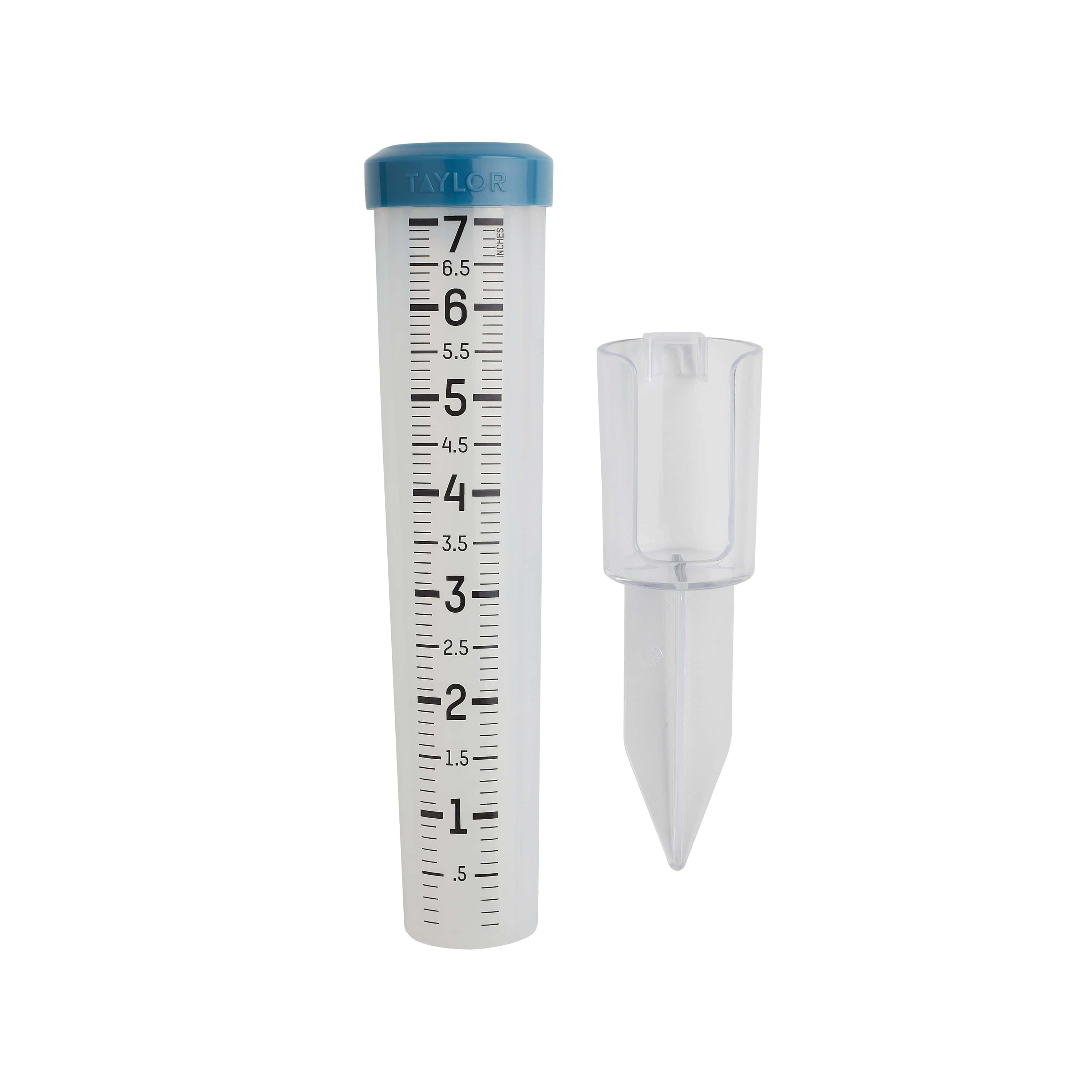Dive into The Rain Gauge: From Historic Evolution to Modern Applications
Dive into The Rain Gauge: From Historic Evolution to Modern Applications
Blog Article
Understanding Rain Gauge Dimensions: A Total Overview
Understanding Rain Scale Dimensions: A Complete Guide is a thorough resource for any person seeking a deeper understanding of rain scale dimensions. Rain is an essential consider numerous industries, including agriculture, weather forecasting, and water source administration. This overview intends to provide readers with a complete understanding of the significance of rain scale dimensions, the different kinds of rain determines available, and how these measurements are gotten and analyzed. Additionally, it checks out the variables that can affect the accuracy of rain gauge analyses and offers functional tips for obtaining accurate measurements. Whether you are an expert in the area or merely have a curiosity about rainfall measurement, this guide will outfit you with the knowledge needed to effectively use rain gauge measurements.
The Value of Rain Gauge Measurements
The importance of rainfall gauge dimensions depends on their function as a critical device for accurately keeping an eye on and evaluating rainfall levels - The Rain Gauge. Rain scale measurements offer valuable data that helps meteorologists and hydrologists recognize patterns and patterns in rainfall, which in turn aids in numerous fields such as farming, water resource monitoring, and environment research

Accurate rainfall dimensions are essential for agriculture as they aid in figuring out watering needs, crop development, and return predictions. Farmers count on this information to make informed decisions concerning when to sprinkle their plants, avoiding water waste and making certain optimal crop wellness. Additionally, rainfall data assists in analyzing the effect of dry spells or too much rains on plant production, allowing farmers to take appropriate procedures to decrease losses.
Water source monitoring heavily depends on rain gauge measurements to figure out the amount of water available in rivers, lakes, and reservoirs. Exact dimensions allow water supervisors to make enlightened decisions about water allotment and circulation, ensuring lasting usage and protecting against scarcities. This details is specifically critical in areas where water scarcity is a pushing concern.
In addition, rainfall gauge measurements play a vital duty in environment study. By accurately determining rainfall over expanded durations, researchers can assess long-term environment patterns and determine changes in precipitation patterns as a result of environment modification. This data aids researchers and policymakers create strategies to adjust to and mitigate the results of climate modification.
Sorts Of Rainfall Gauges
There are different sorts of rain evaluates made use of to gauge precipitation precisely. Each type has its own advantages and constraints, making them appropriate for various functions and environments.
One of the most typical kind of rainfall gauge is the common round gauge. It includes a cylindrical container with a vast funnel-shaped top to gather rainwater (The Rain Gauge). The water is after that channelled into a finished measuring tube, permitting specific measurement of the quantity of rains
An additional kind is the considering rain scale. This scale utilizes a delicate balance to gauge the weight of the collected rains. By converting the weight into volume, the amount of rainfall can be established. Weighing rainfall assesses are especially useful in locations with frozen precipitation or heavy rains, as they are not influenced by splashing or dissipation.
Tipping bucket rain determines employ a mechanism that tips a little container each time it accumulates a particular amount of rain. The variety of tips is videotaped and made use of to calculate the rains. This kind of scale is commonly used in automated weather condition stations as a result of its reduced upkeep requirements and ability to supply real-time data.
Lastly, there are radar-based rain determines that use radar modern technology to estimate rainfall. These gauges measure the intensity of rainfall in a particular area by evaluating the shown radar signals. They are particularly useful for measuring rainfall over big locations or in remote places.
How Rain Scale Measurements Job
Rainfall gauge measurements are based upon the concept of gathering and determining the amount of precipitation. These instruments are made to record rain and provide an accurate dimension of the rainfall in a details location.
The most usual type of rain gauge is the conventional cylindrical gauge. It consists of a round container with a broad opening on top to accumulate rain. The collected water is then funneled into a measuring tube, which is calibrated to give the dimension in systems of length, generally millimeters or inches.
Another type of rainfall gauge is the tipping pail gauge. When they get to a specific weight limit, it utilizes a seesaw-like device with two buckets that tip. Each tip of the container stands for a particular quantity of rainfall, enabling for specific dimensions.
Some sophisticated rainfall evaluates are equipped with digital sensors that immediately document and transmit information. These sensors make use of various modern technologies such as ultrasound or laser to determine the quantity of rainfall properly.
Factors Impacting Rainfall Gauge Precision
Environmental elements such as wind, temperature, and atmospheric pressure can substantially affect the precision of rainfall scale measurements. Modifications in atmospheric stress can likewise impact the accuracy of rainfall scale dimensions, as they can alter the rate at which rainfall is collected.
Operational variables, on the various other hand, refer to variables connected to the layout, installment, and upkeep of the rainfall scale. The placement of the rain scale in a location with obstructed air movement or near trees or buildings can result in imprecise analyses because of obstruction or splattering of rainfall. Improper calibration or uneven maintenance of the rain scale can also impact its accuracy.
To ensure the accuracy of rainfall gauge measurements, it is important to think about these elements and take proper procedures. This might include selecting an ideal location for the rain scale, making sure proper installment and maintenance, and frequently calibrating the tool. By dealing with these factors, exact and reputable rains measurements can be gotten, which are vital for different applications such as weather condition projecting, hydrological studies, and farming.
Tips for Accurately Gauging Rainfall
To make certain accurate rains measurements, it is critical to execute details methods and approaches when utilizing a rainfall gauge. Here are some tips for precisely gauging rainfall:
Proper Placement: Position the rain gauge in an open location, far from trees, buildings, and other obstructions that might disrupt the rainfall collection. It ought to be placed on go to these guys a degree surface area to avoid water merging or runoff.

Read the Range Appropriately: When taking dimensions, reviewed the water degree at eye degree from the base of the crescent. Stay clear of parallax mistakes by straightening your sight straight with the water degree.
Constant Time Period: Establish a constant time period for measuring rainfall, such as every 24 hours or after each rainfall occasion. This makes certain accurate tracking and contrast of rainfall data.
Record Measurements Quickly: Record rainfall measurements as quickly as feasible after collection to stop dissipation or spillage. Utilize a rain scale with an integrated data logging feature for automatic recording.
Conclusion
In final thought, understanding rainfall gauge dimensions is important for precisely determining rains. It is important to take into consideration elements that can influence the accuracy of rainfall gauge dimensions, such as wind, positioning, and evaporation.
Recognizing Rain Gauge Dimensions: A Full Guide is a detailed source for anybody looking for a much deeper understanding of rain scale dimensions. Whether you are a professional in the area or simply have an inquisitiveness regarding rainfall measurement, this guide will outfit you with the expertise required to efficiently make use of rainfall gauge measurements.
The most common kind of rain gauge is the standard cylindrical gauge.The most typical kind of rain scale is the basic cylindrical scale.Another type of rain scale is the tipping container scale.
Report this page